Despite its popularity, most people don’t know what natural luffa sponges are made of. A common misconception is that the natural Luffa sponge comes only from the ocean.
Natural loofah is all-natural from Mother Nature, and the word loofa is named after its source, the “luffa” plant. These gourds belong to the cucumber family, similar to pumpkin or squash.
There is no information about the origin of the Luffa sponge. However, most scientists believe it originated in Asia or Africa. Its production began in India and was cultivated for thousands of years in several tropical areas.
During the Middle Ages, medical practices recommended exfoliating or scrubbing the skin while taking a bath to cleanse it and rid the body of harmful toxins. Thus, bath mittens, usually made from animal hair, were favored to maintain a healthy body and skin. Then, the people also began using the luffa gourd for skincare in place of this.
Interesting Facts about Natural Loofah:
- During World War II, Luffa gourd skeletons were heavily used for diesel engine oil and steam engine filters.
- Luffas were usually imported from Japan before World War II ended. However, the Japanese attack on Pearl Harbor ended the bulk importation of luffas into the United States.
- Since ancient times, people have enjoyed loofah in dishes. Loofah is referred to as a fruit or gourd, but it can also be eaten as a vegetable. Loofahs can be eaten raw, boiled, sautéed, pickled, or boiled.
How To Make A Natural Loofah Sponge
The most mature luffa gourds are ready to be harvested when their green skin has dried sufficiently and turned brownish, separating from the sponge inside. The dried skin on a luffa sponge is removed to make a loofah. To remove seeds stuck inside the sponge, soak it in water. The sponge should then be dried in the sun completely.
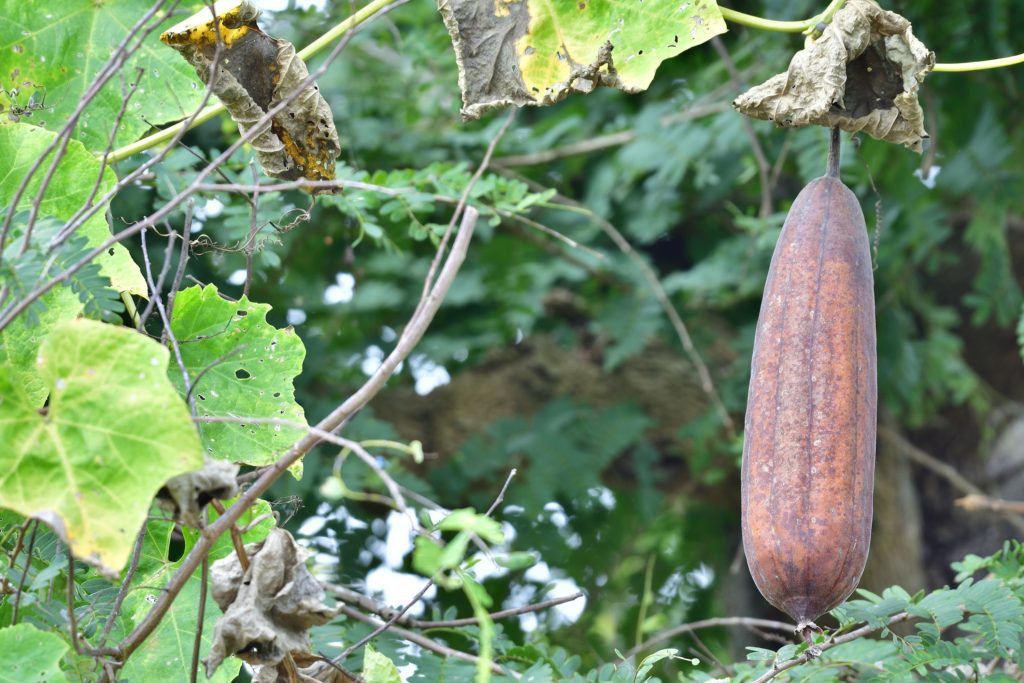

Natural Loofah Tips for Effective Use
After each use, wash your natural loofah with soap and water. Let it dry in the sun. It should not be placed in a drawer or any enclosed area that could prevent it from drying out properly. According to dermatologists, you should replace your loofah every two to three months.
However, if you notice a smell, mold forming, or any color change before then, you should compost this one instead. When it comes to your loofah’s life, use your best judgment. Their shelf life varies depending on how often they are used, how well they are cleaned, and whether or not they dry thoroughly between each use.

A buildup of dead skin cells can make the top layer of the skin appear dull. Using a loofah can eliminate skin impurities, drive toxins, and deeply remove dead skin cells.
Tamr Henna understands the importance of exfoliation in maintaining supple and silky skin. Therefore, we have designed products tailored for gentle exfoliation.
Discover our Hammam ritual products, including black soap and kessa gloves, for a deep exfoliation experience!
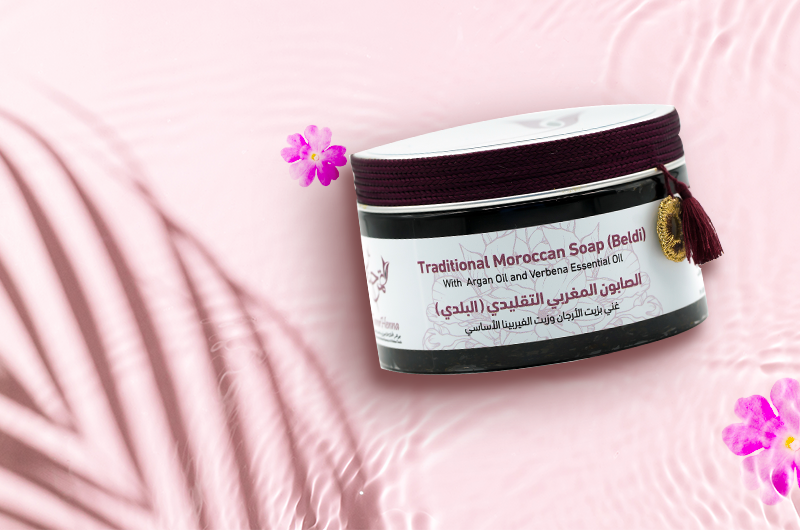
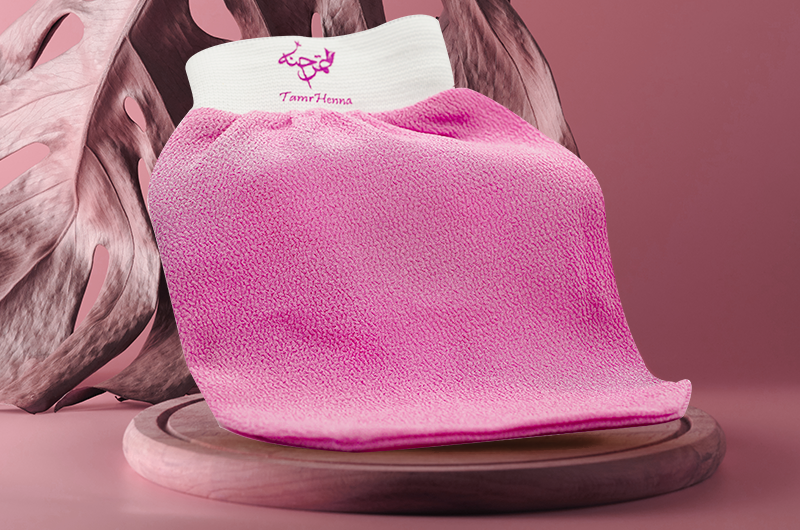
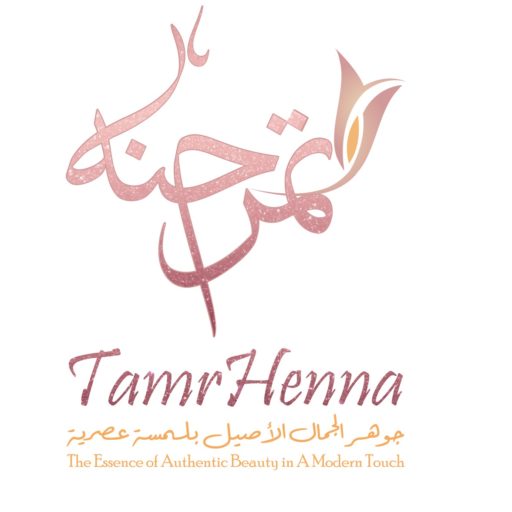
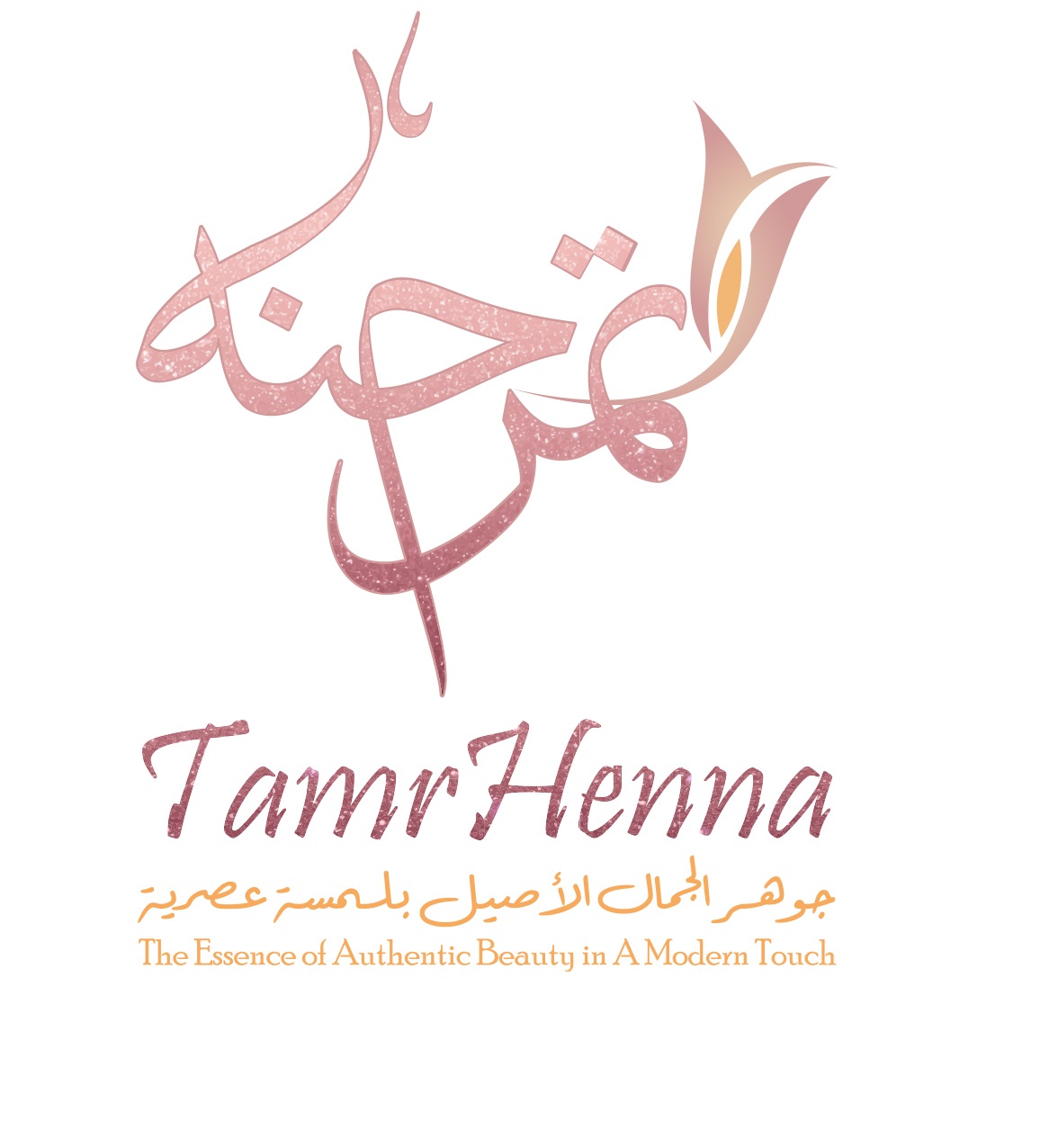
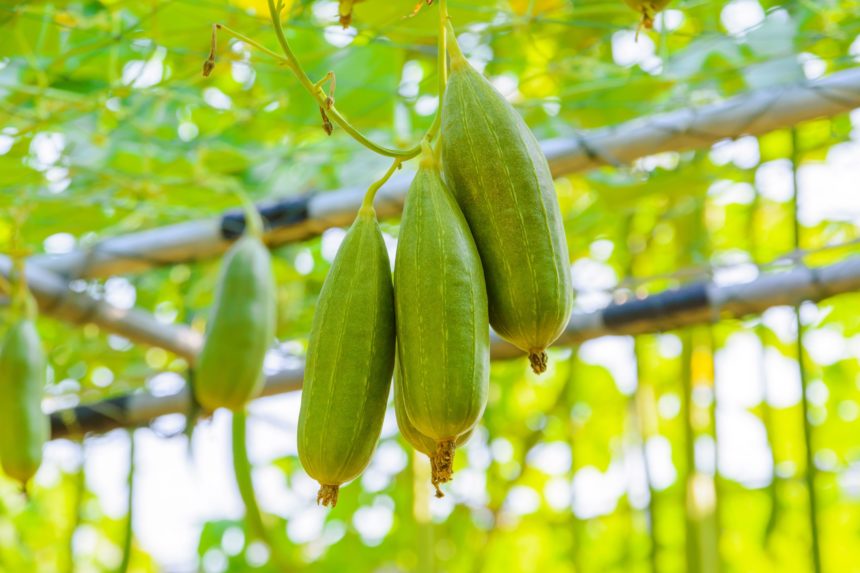
Leave a Reply